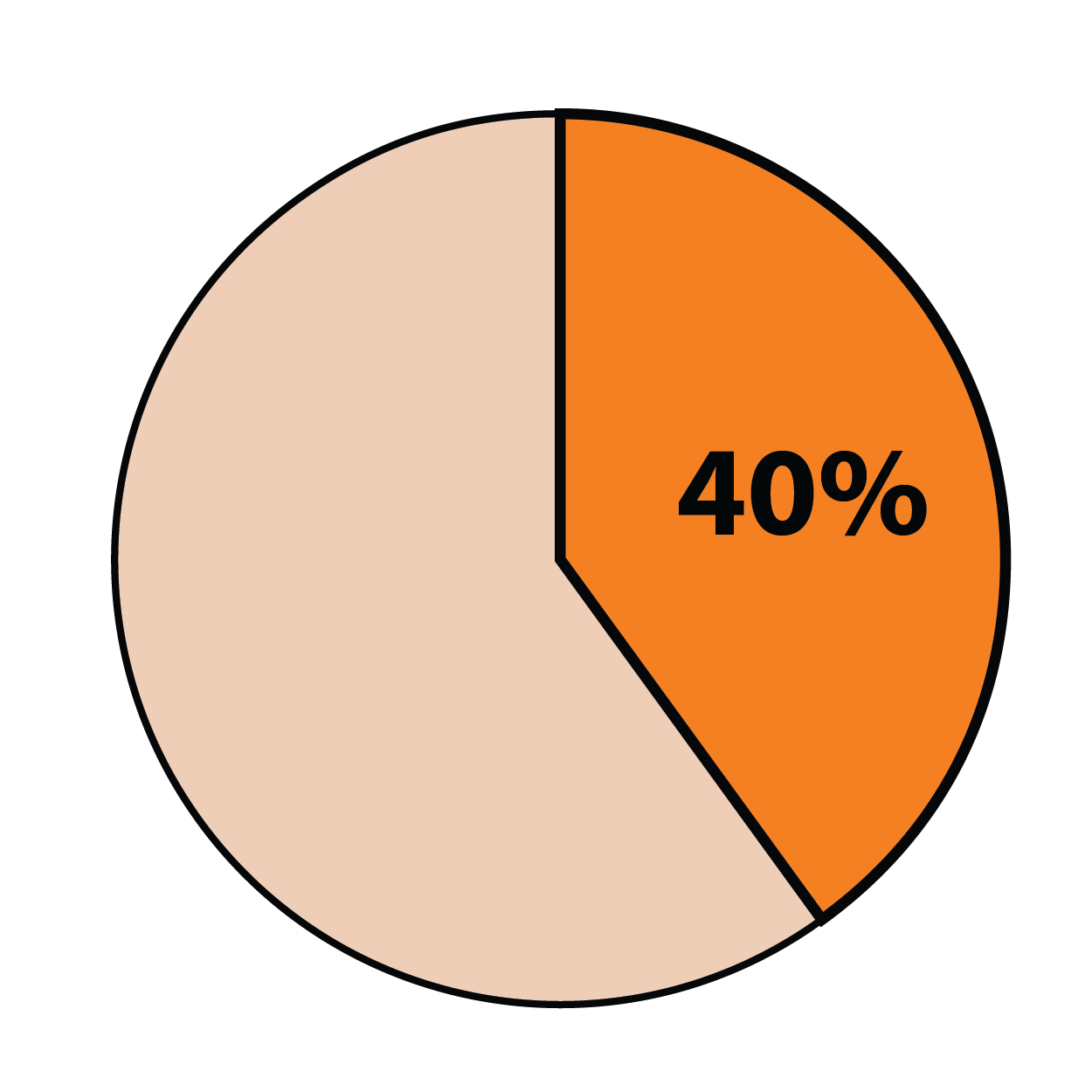 It was an average ad position of 2.5 in paid search.
It was an average ad position of 2.5 in paid search.
We couldn’t explain why, but some how if our average ad position was 2.5, then the average cpc, conversion rate and customer value all aligned to hit our targets. It was basic math. By why 2.5? We couldn’t say, but we dubbed it “The Sweet Spot” and for a while it held.
If we bid higher to get further up the results, the conversions couldn’t justify the increase bids (in some cases the conversions decreased). If we drew back, the conversion dropped too much, the ROI just disappeared for us (or close to it). Yup, The Sweet Spot was 2.5.
I could have given a webinar on The Sweet Spot. I had all the numbers showing how this one place in the ad rankings was key to financial freedom, independence and untold fortunes for the company. I would have been able to show explicitly how this was better than 2.9 or 2.1, backed up with numbers to support my case. I might have called the presentation, “The Sweet Spot, A Guaranteed Strategy To A Perfect Paid Search Program.” It’s simple, easily demonstrated and easily replicated.
The only problem is it was also bullshit. Things changed and 2.5 became the outcast. Our managers worked through the problems and once again we saw the program re-optimized. The change could have been caused by any number of things in and out of our control. But, tagging ourselves to a position was not a long term strategy, but an opportunistic tactic.
This is the issue with so many of the seminars I’ve watched over the years. The presenters take something akin to “The Sweet Spot” and convince a fair number of people that success is simple. Just repeat what I’ve done and you to will be the Paid Search phenom in your organization. If only life were so simple.
It is not that these things are all bad, or bad at all. Many are legitimate tactics. But none are “the only” strategy. These seminars can have two detrimental effects for paid search programs:
- Search managers looking for the silver bullet will jump from one unrelated tactic to another, with no strategic connection between them. This lack of continuity or true planning causes the learnings to be lost in the process. Instead of building on what one learns, each change tends to be a complete tear down and rebuild.
- Unreasonable expectations. I saw one session where a person who “followed the process” experienced a 1400% increase in CTR. I can only imagine that the program was set up so horribly wrong to start, or the result was an isolation of one very bad part that was separated from the rest. An entire program that increased the CTR by 1400%? Not buying it. But, my skepticism comes from 20+ years in digital marketing. A person who is periodically involved or relatively new to search may jump at this.
These webinars are not devoid of value. Often the tactics are solid and if presented as tactics to be tried and not the ultimate solution, they can have a positive impact. When watching these webinars, consider the context in which these case studies take place (if they provide that level of detail). Industry, shopper habits, competitive landscapes, search engine environment, etc. With a simple overview, you can quickly determine if a tactic is applicable to your program.
If it is applicable, then see where it fits in your overall optimization plan; don’t just throw it into your program. How you implement the tactic should be informed by your history and results of passed optimizations.







